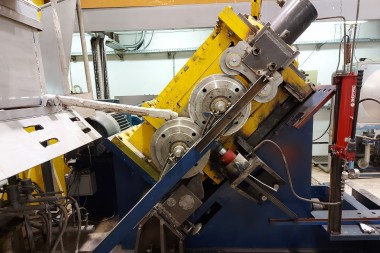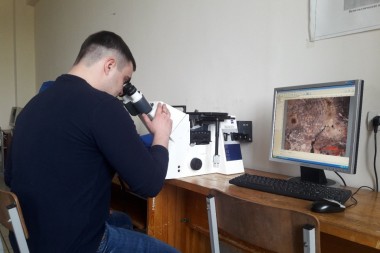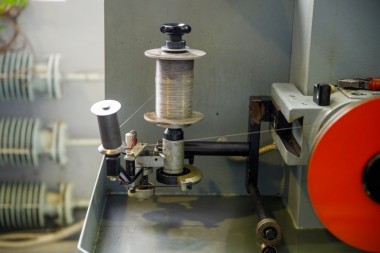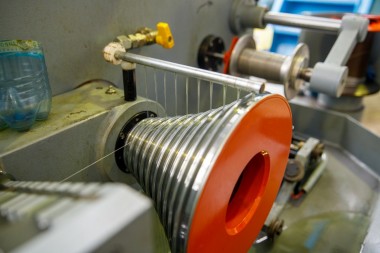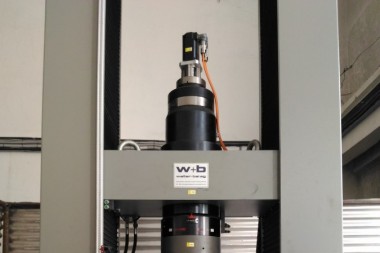Siberian Federal University: Russian Scientists Enhance Quality of Wire for Aviation and Automotive Industries
Researchers at Siberian Federal University have developed new compositions of aluminum alloys and combined processing technology for the production of conductive wire used in aviation and the automotive industry, with an increased level of heat resistance and electrical conductivity. Such a wire is more resistant to temperature fluctuations, and at the same time cheaper in comparison with existing analogues.
Alloying aluminum alloys with rare earth metals makes it possible to significantly control the structure and physical and mechanical properties of electrical wire for aviation (on-board power supply system) and the automotive industry. It is possible to increase the electrical conductivity, strength, ductility and thermal stability of samples during operation by reducing the content of rare earth metals in the alloy. It is also necessary to ensure an even distribution of microscopic and nanoscale phases in the aluminum matrix and to balance the parameters of wire production: combined casting-rolling-pressing, drawing and step annealing.
Scientists of the School of Non-Ferrous Metals of Siberian Federal University analyzed the effect of alloying additives — zirconium, cerium and iron — on the properties of aluminum alloy and studied the parameters of their deformation and heat treatment. Using metallographic analysis, tests of physical and mechanical properties and computer modeling in the Deform 3D program, they determined the compositions of alloys with a combined content of Zr, Ce and Fe, as well as the parameters of direct extrolling, drawing and step annealing, which improve the combination of electrical conductivity and heat resistance of the wire.
“The main difficulty in achieving the complex properties of wires is that the significant addition of alloying elements to aluminum leads to a decrease in electrical conductivity and ductility, at the same time plastic deformation by traditional production methods leads to an increase in strength, but at the same time reduces the mentioned properties and their stability under prolonged heating of 250-300°C in the operating mode of wires. We have determined the compositions of low aluminum alloys with a reduced content of zirconium and cerium, as well as the optimal conditions for shear alternating deformation characteristic of direct extrolling processing and multi-stage annealing during drawing, which together ensure a balance of reciprocal properties,”said the head of the study, doctoral student of the Department of Metalworking, Associate Professor of the Department of Engineering Bachelor of CDIO SibFU Vadim Bespalov.
As part of the research, aluminum alloys with different combinations of rare earth metals were tested in laboratory conditions, computer modeling of the process of direct extrolling in the Deform 3D program was carried out. The optimal deformation parameters for the manufacture of conductor wire by drawing with different modes of intermediate step annealing were determined.
“As a result of studying the parameters of the deformation and heat treatment of 20 samples of aluminum alloys with rare earth metals, we were able to determine combined compositions with a reduced content of expensive alloying components, which make it possible to achieve an improved combination of physical and mechanical properties due to the formation of certain intermetallic phases Al-Zr and Al-Ce-Fe. The wire made of these alloys comply with international standards IEC 62004-07 and ASTM B941‐16, due to the optimal combination of rare earth metals in the range of 0,1–0,25 % zirconium, 0.4–0.6 % cerium, 0.5–1.0 % iron, sequential processing by means of direct extrolling, drawing and multistage annealing 300-450 °C for 50-72 hours”,— continued Vadim Bespalov.
The developed compositions of heat-resistant low aluminum alloys and technological production schemes will allow the production of conductor wire with lower economic costs compared with traditional manufacturing methods.
The research was carried out with the financial support of the Russian Science Foundation under grant No. 22-79-00108 and published in one of the leading international scientific journals.


